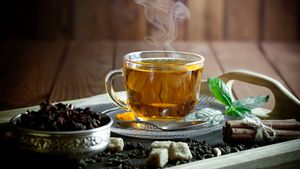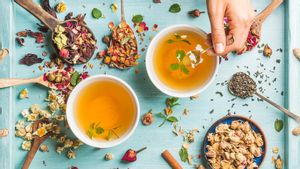Most tea connoisseurs would curl up their nose at this, but CTC is all about convenience—and since it is a mechanised process, it allows for the rapid processing of a high volume of leaves that would otherwise go waste.
Besides, ask the sheer number of office goers who can't do without their dip for their favourite cuppa—and you'll thank the fortuitous discovery of the CTC.
The origins of CTC
History has it that that CTC was invented by Sir William McKercher, the superintendent of the Amgoorie Tea Estate in Assam during 1930-31. CTC stands for crush, tear and curl.
Simply put, crush/cut, tear, curl is a method of processing tea by passing it through cylindrical rollers that crush, tear, and curl the tea into small, hard pellets. This replaces the final stage of traditional tea manufacture, in which the leaves are rolled into strips. This results in a product that is well suited for tea bags as the product quickly gives a dark brew.
Also sold “loose” by the kilo, it is used by tea stalls, brewed in homes, offices, business enterprises, factories, schools, corridors of power—the cup of chai, chaha, cha or chaya that Indians love.

Usually, this kind of tea is brewed with milk and sugar—and therefore is not your dietician's idea of a great drink. But try telling that to the doctor who is unwinding with a cuppa after hours of surgery or a journalist sharing cutting chai at a political rally.
Mostly manufactured in Assam and West Bengal, the tea is usually plucked from February to December.
Today, most black teas are produced using the CTC method. What's more, they give out a vivid red-brown hue when boiled the Indian way.
Obviously, we aren't complaining, given that in the Indian domestic market, over 80 per cent of tea production is the CTC type.
Snobs, say no more!




